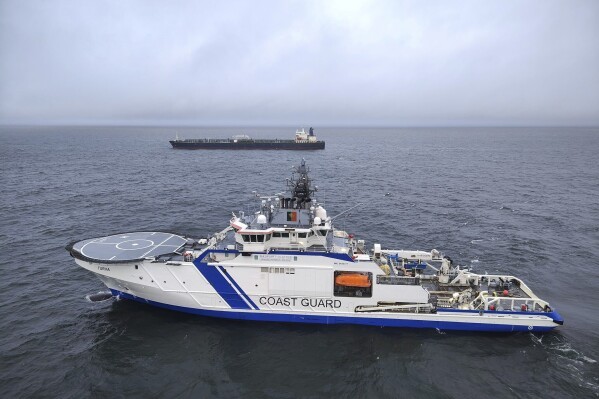
Finnish authorities have seized a vessel suspected of damaging an undersea power cable and multiple data cables in the Baltic Sea, marking the latest incident involving critical infrastructure disruption in the region.
The Cook Islands-flagged tanker Eagle S was detained early Thursday when Finnish police and border guards boarded the vessel and took control of its command bridge in Finnish territorial waters. The ship is believed to be part of Russia's "shadow fleet" - aging tankers used to circumvent Western sanctions related to the Ukraine war.
Investigators suspect the vessel's anchor caused damage to the Estlink-2 power cable connecting Finland and Estonia, which failed on Wednesday. Several data cables were also impacted, including links between Finland-Germany and Finland-Estonia.
"From our side we are investigating grave sabotage," said Robin Lardot, director of the Finnish National Bureau of Investigation.
The incident has raised concerns among Baltic nations, coming after previous damage to undersea infrastructure including the Nord Stream gas pipelines in 2022 and data cables in November 2023.
Estonian Foreign Minister Margus Tsahkna expressed alarm at the frequency of such incidents: "We must understand that damage to submarine infrastructure has become more systematic and thus must be regarded as attacks against our vital structures."
While the power disruption impacts the 658-megawatt Estlink-2 connection, Estonian grid operator Elering confirmed sufficient backup capacity exists to meet current power needs.
The detained vessel's ties to Russia's shadow fleet have amplified security concerns, as these ships typically operate with unclear ownership structures and without Western insurance coverage. In December, twelve Western nations agreed to implement measures targeting this fleet to prevent sanctions violations.
As investigations continue, Baltic states have heightened surveillance of critical infrastructure. The incident has prompted emergency government sessions in Estonia and increased coordination between Finnish, Estonian and Latvian authorities.